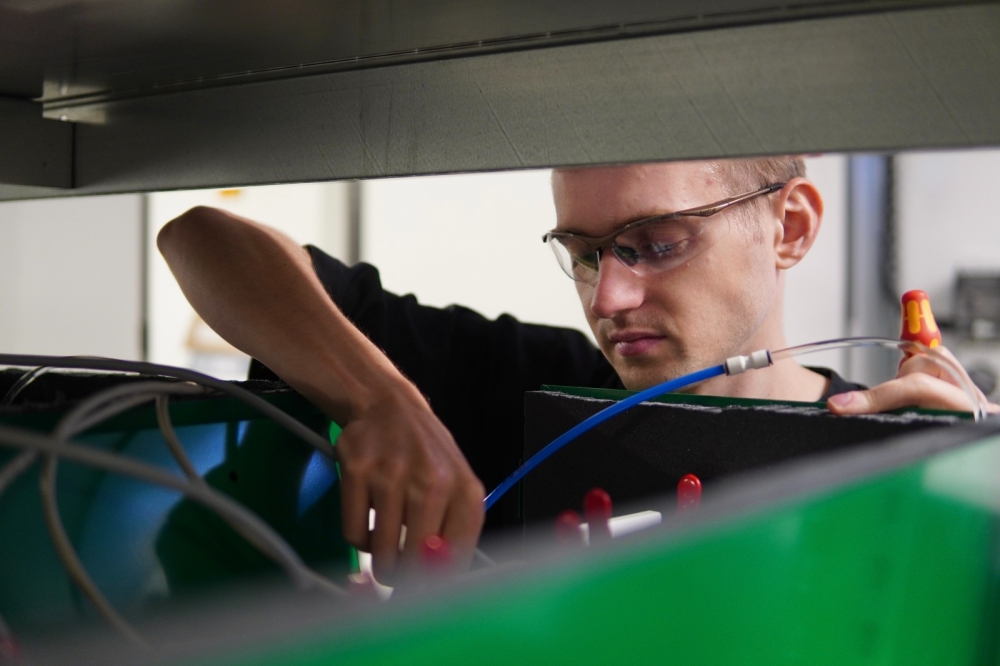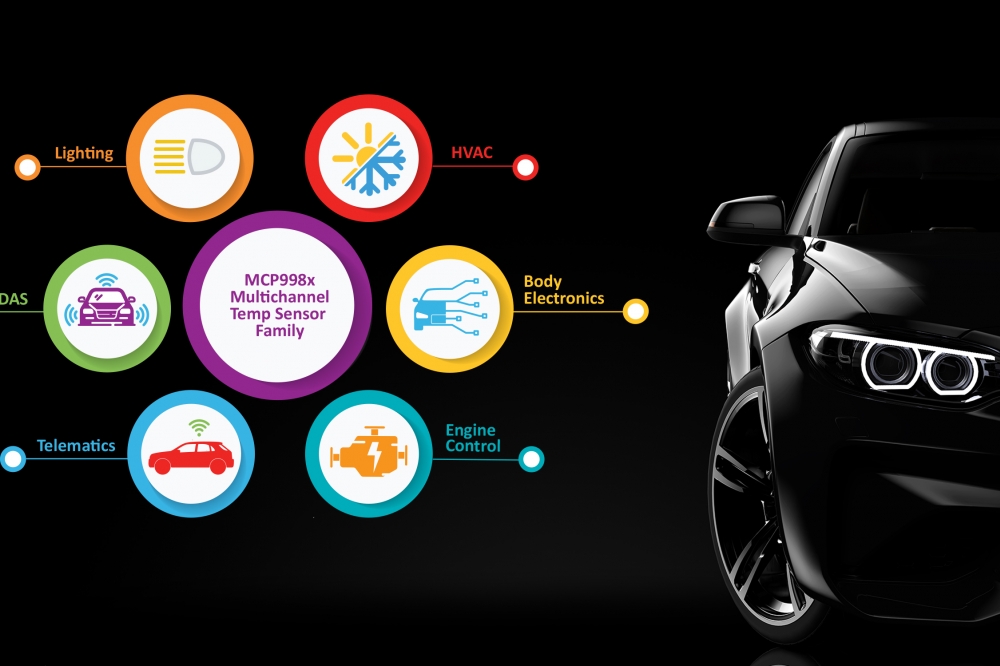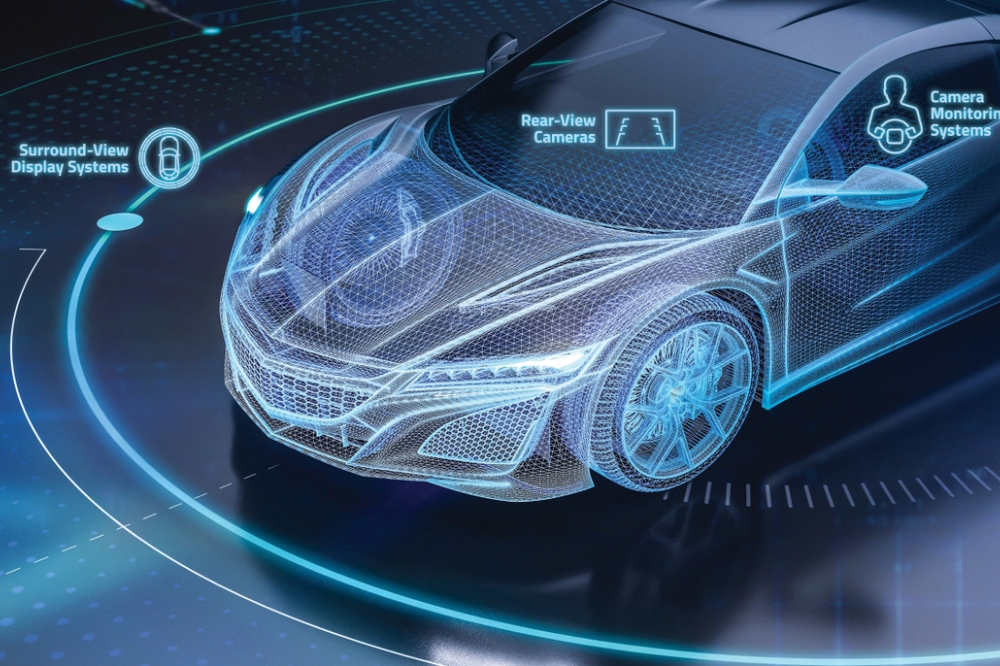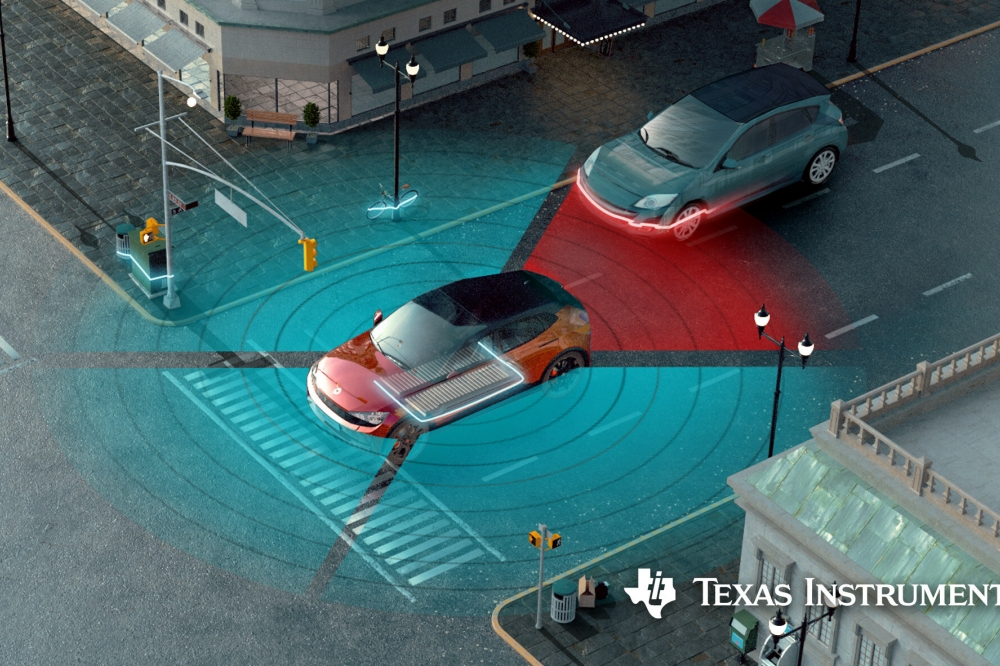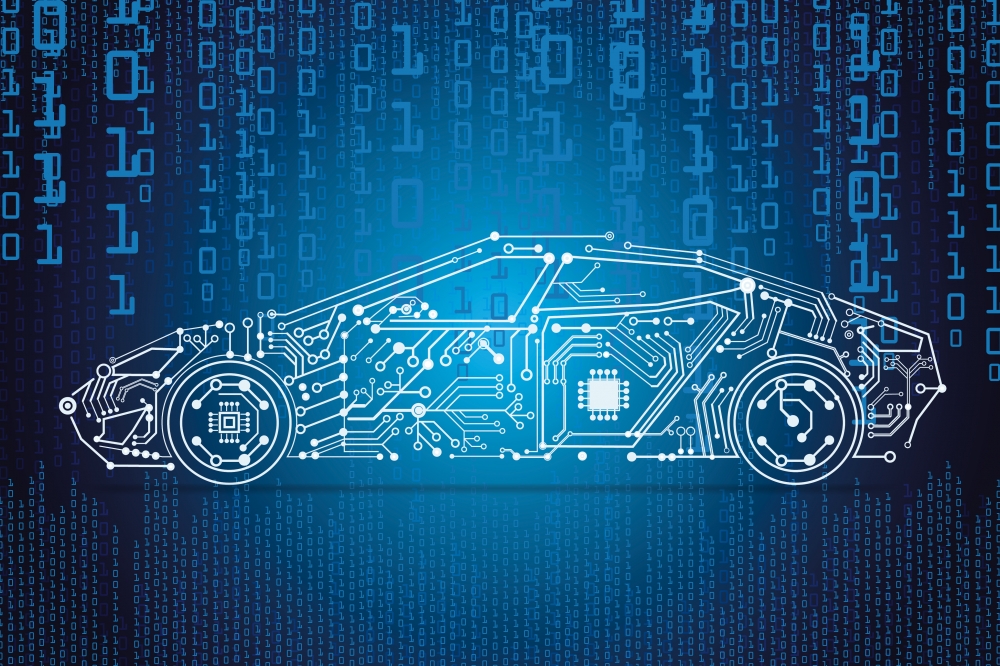FEV successful in designing low emission, efficient hydrogen internal combustion engine
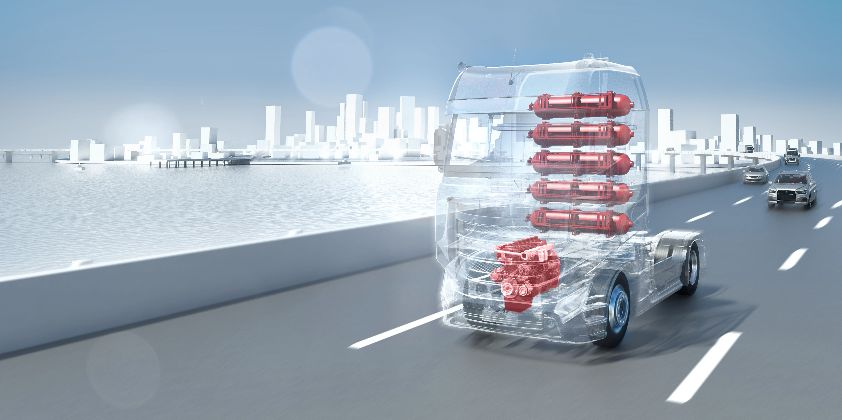
Based on 40 years of experience in this field, FEV – a globally leading engineering provider – is picking up the pace in the development of hydrogen internal combustion engines (ICE).
Ever since the EU initiated the “European Clean Hydrogen Alliance” in July 2020, the hydrogen ICE has increasingly been in the spotlight of the transportation sector’s debate on zero-emission drive solutions. Ongoing discussions about a decrease in CO2 emissions of over 30% for trucks and 50% for passenger vehicles until 2030 compared to the 2019 starting point add additional pressure to the development of zero-emission technologies.
“The hydrogen internal combustion engine is a robust, cost-efficient option for zero CO2 transport. It can be implemented into the current production infrastructure relatively simply and offers potential for existing vehicles, said Professor Stefan Pischinger, President and CEO, FEV Group. “Nevertheless, due to its specific chemical properties like wide flammability limits and short ignition delay, hydrogen creates some challenges for the development of internal combustion engines, which FEV is successfully tackling.”
New design of hydrogen fuel supply
To comply with existing safety requirements and due to the need of a secure, constant pressure upstream to the injector, hydrogen creates a unique demand for the design of fuel rails feeding the engine. “FEV has gained deep know-how in terms of the design of pressure-oscillation-free fuel-rails utilizing our multi-cylinder research engine,” said Pischinger. “This knowledge has already been successfully transferred to ongoing customer projects, regardless of the injection system – port fuel or direct hydrogen injection.”
Mixture preparation for direct injection systems
Besides fuel supply of hydrogen via rail, the admission through the injectors as well as the mixing process with intake air needs deep understanding of the fluid dynamics and interactions.
“It’s imperative to secure an optimal mixture homogeneity, which ultimately results in low NOx emission levels in combination with highest engine efficiency,” said Pischinger. “At FEV, we are using our well proven 3D CFD (charge-motion design) process. To address the unique behavior of hydrogen during the injection and mixing process, a wide field of optical investigations in pressurized injection chambers were performed in collaboration with RWTH Aachen University. Thus, we gathered an unparalleled understanding of the injection and mixing process of hydrogen with other gases.”
The experimental results in combination with FEV’s well proven knowledge of charge-motion generation enables the company to optimize the interaction of fuel injection and charge-motion design to secure best possible mixture homogeneity.
Hydrogen requires adjustment of ignition system
The wide flammability limit and the low ignition energy needed is adding strict requirements to the design of the ignition system. Suppressing any kind of unintended discharge is key. Additionally, high flame temperatures result in an increased wear of electrodes and directs the attention to best possible controllability of the ignition energy supplied.
“That’s why we have opted to closely collaborate with major ignition system suppliers and spark plug manufactures early in the process,” said Pischinger. “We are driving the optimiziation of these key components’ behavior especially for hydrogen combustion engines through extensive engine test investigations and durability runs.”
Improved crankcase ventilation counteracts H2-accumulation
Low density of hydrogen can lead to accumulation of hydrogen inside the engine crankcase, thus exceeding the lower explosive limit. In combination with the above mentioned low ignition energy required, this effect might lead to severe engine damage.
“Thanks to our broad research and testing capabilities, we managed to provide solutions to eliminate this risk – that applies to all engines we’ve ever delivered to customers,” said Pischinger.
Optimized transient performance and low NOx emissions
To compensate for the lag in transient response present at constant air fuel ratio operation, smart engine control functions combine engine drivability with lowest NOx emissions. Therefore, FEV utilizes its rapid control prototype setup to develop software tailored for hydrogen ICEs as time efficient as possible. In order to operate H2-ICEs in complete autarky without base ECU, even full control hardware and software are supplied by the company.
Maximizing robustness against pre ignition
Preignition is one of the major challenges limiting hydrogen internal combustion engines in achieving high, Diesel-like brake mean effective pressure (BMEP) levels. Preignition can be caused, among other sources, by hot surface areas or uncontrolled lube oil introduction into the combustion chamber.
“Utilizing our deep knowledge of highly boosted spark ignition engines on the one hand and profound experience with commercial natural gas engines on the other, we have successfully designed H2-engine tailored overall combustion chamber layouts and piston liner interfaces,” said Pischinger. “Add the right lube oil composition and what you get is a reliable, low-emisson and efficient engine.”
With seven test benches for hydrogen internal combustion engines, FEV is able to operate each engine on a 24/7 basis.
FEV successful in designing low emission, efficient hydrogen internal combustion engine
Modified on Thursday 29th April 2021
Find all articles related to:
FEV successful in designing low emission, efficient hydrogen internal combustion engine


 Add to my Reading List
Add to my Reading List Remove from my Reading List
Remove from my Reading List